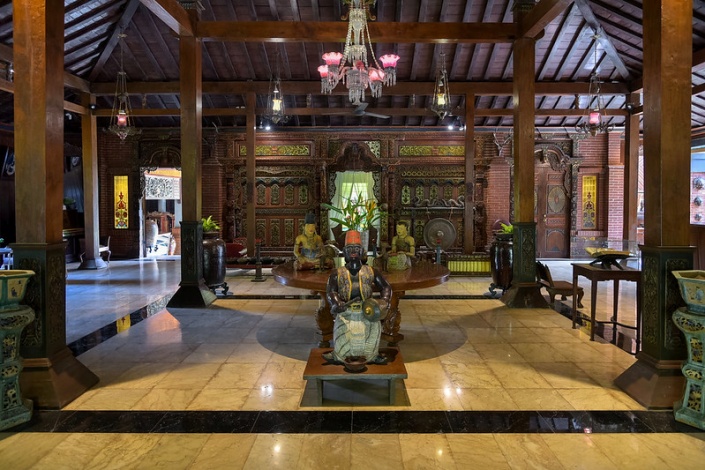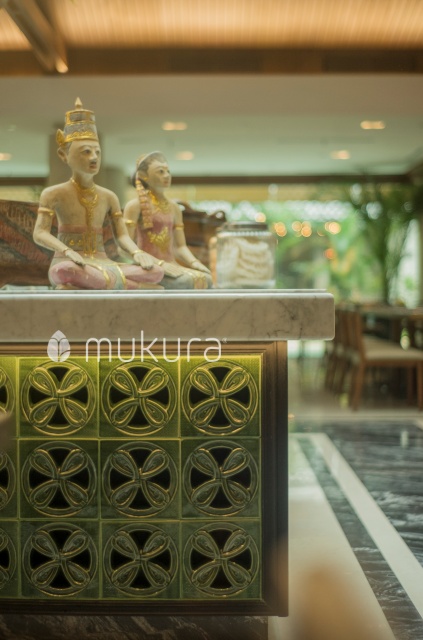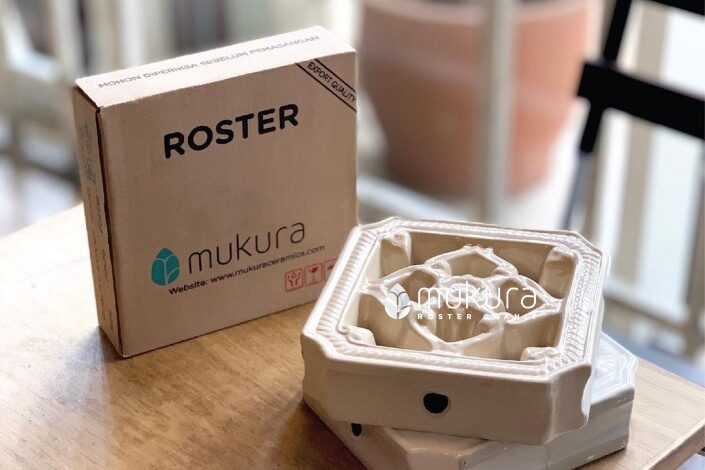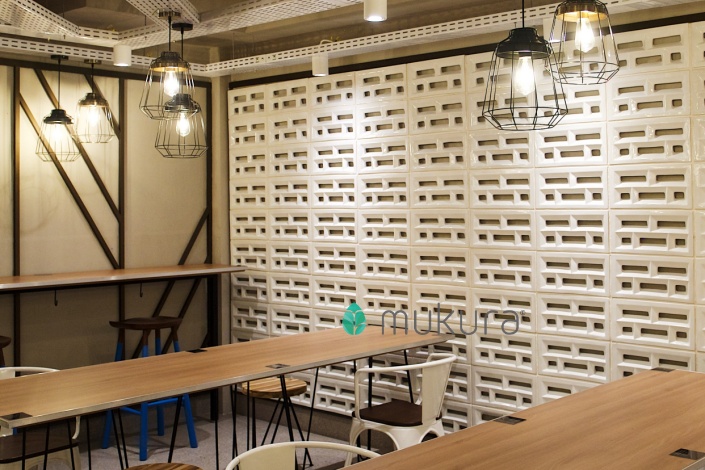News & Events, Trending Events | Thursday May 5th, 2022 10:00 AM
4 Javanese Architecture Tips and Philosophy
Javanese traditional architecture is rich with philosophy that are very useful for us. These philosophies can also be applied to modern houses today. What are those philosophies? Let’s dive into it!
-
Division of the house
In Javanese architectural philosophy, it is important to divide the house into several sections. The first is the pendapa, which is the public part of the house to welcome guests. Second, pringgitan, which is semi-private or the part that connects the pendapa with the dalem. The last, dalem, which is the main part of the house and the privacy of the occupants.

Inspiration of a Javanese ‘pendapa’ (Source: flickr.com)
-
Wooden elements in the house
In traditional Javanese houses, the walls, door and window frames, furniture, and decorations are made of wood. It is important to use as many wooden elements as possible in the house. However, the challenge nowadays is the increasingly expensive wood price. So, many modern Javanese-style houses combine wood with various other materials. For example, using walls made of exposed brick material.
-
Earthy color
The color brown is widely used in traditional Javanese houses. If we look at it, Javanese houses usually have the colors white, beige, and various shades of brown. The color can also be from the natural color of the wood. This brown color gives the impressions of breeziness and modesty. This is because the color is similar to the color of the soil.
-
The importance of ventilation
The typical Javanese architecture roof is triangular with the highest point in hthe center. This roof shape makes good air flow in the house. So, the house will feel breezy and warm enough. In addition, there are also many uses of woodworks or wood breezeblocks. The first function of this beautiful filigree is as decoration. Second, the holes in the woodworks also function as ventilation. Fresh air from the outside can easily flow inside. Thus, air circulation becomes better.
However, there are many drawbacks to this woodworks. First, the wood material must be strong because it will support some of the roof’s weight. So, the price tend to be more expensive. Second, it is difficult to clean the dust that sticks to the openwork. Third, if not cared for, woodworks are prone to termites. If it is invested, termites will quickly spread to other parts of the house that are made of wood. So, the wood will be immediately be porous.

The aesthetic combination of ceramic granite breezeblock and Loro Blonyo, the authentic Javanese couple sculpture
Therefore, consider using ceramic breezeblock. Granite ceramic breezeblock has a strong but light material. So, this block is stronger to support the house, plus you can arrange it vertically (upwards). In addition, the granite ceramic breezeblock also has a glaze coating. This coating protects the block from damage and dust. So, just clean it with a cloth. Finally, ceramic breezeblock is not prone to termites, mildew, and corrosion. Thus, this breezeblock is more durable. In fact, you can also use it as the exterior of the house.



